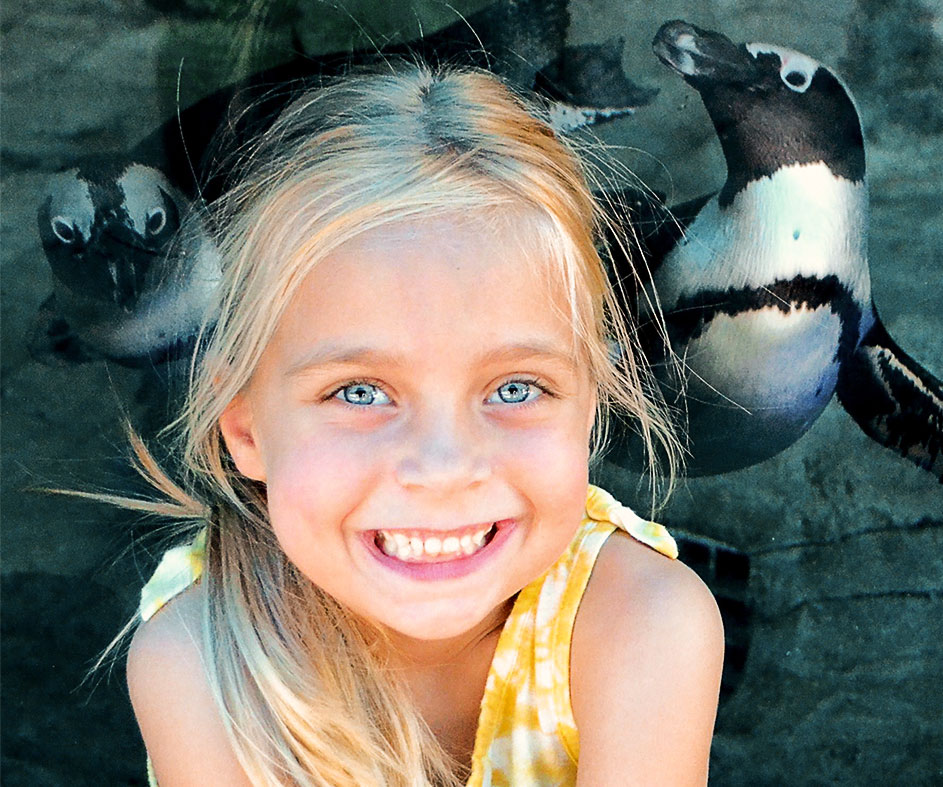
On a 38-acre tropical paradise with spectacular skyline views lies a South Florida attraction like no other.
Welcome to Miami Seaquarium, where endangered sea turtles and manatees find a safe haven and dolphins delight children of all ages. Providing unique and interactive experiences that are educational and fun for visitors looking for things to do in Miami and South Florida, the Seaquarium’s conservation efforts have protected thousands of animals since opening in 1955. Miami Seaquarium champions the importance of environmental stewardship and conservation through education brought to life through astounding animal presentations featuring sea lions, cetaceans, penguins and more.
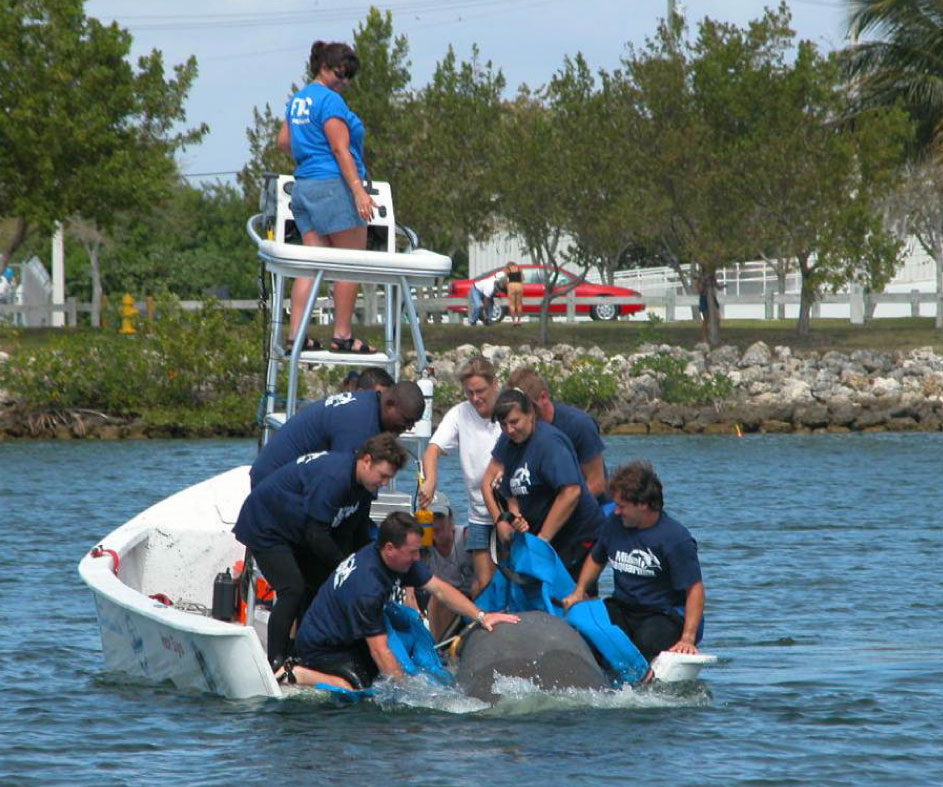
Conservation
Our commitment to conservation and care is demonstrated every day through the actions of our dedicated staff. From rescue and rehabilitation efforts to educating the next generation of veterinarians, caretakers and all-around animal lovers, the mission of Miami Seaquarium is to conserve the wonders of our natural wonder and provide unparalleled care to the animals who call the Seaquarium home.
Education & Outreach
Education is key at Miami Seaquarium. Unique programs are available for several groups including: home school, field trips, Boy Scouts, Girl Scouts, and more. Whether you’re camping out or just spending an afternoon at the park, kids will learn about marine-life in a new light.
Miami Seaquarium boasts a wide variety of marine life, remarkable educational programs and state of the art rescue and rehabilitation efforts. The public relations team at Miami Seaquarium is available to assist working media on a variety of editorial projects. Media visits offer the unique opportunity to explore Miami Seaquarium and speak with a variety of animal and tourism experts.
Members of the media who would like to schedule a visit or need assistance with a story should email pr@msq.cc or call 305-361-5705. We look forward to greeting you at Miami Seaquarium.
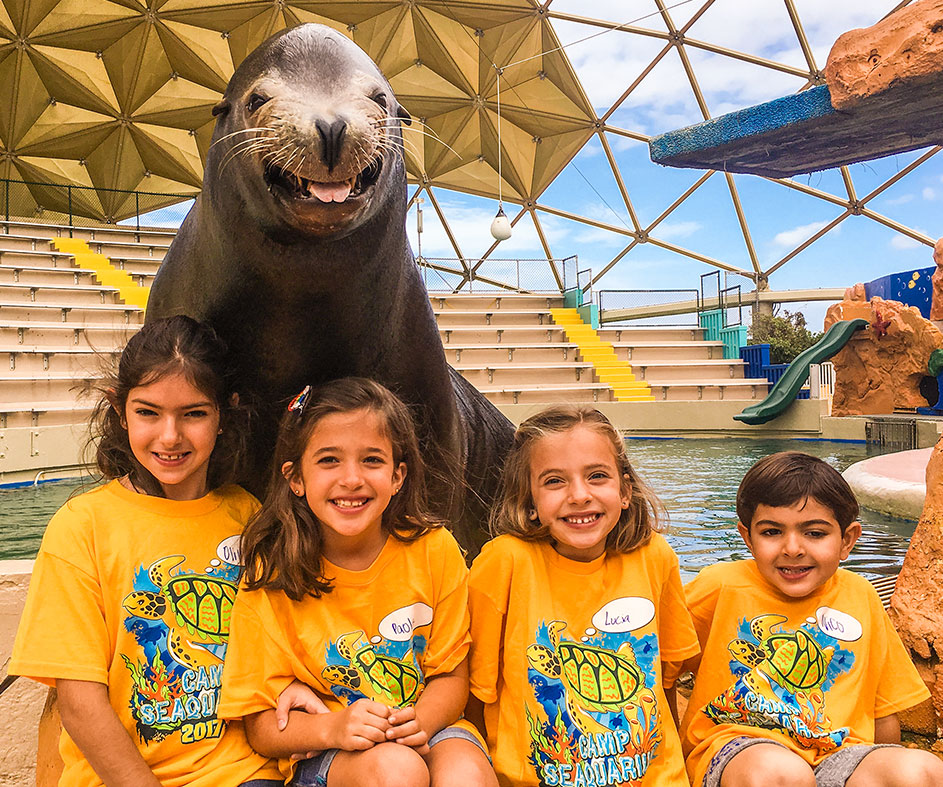
History
66 years ago, Miami Seaquarium first opened its doors to become one of South Florida’s most popular tourist attractions.
When Miami Seaquarium welcomed its first guests in 1955, it was the world’s largest marine attraction. But people weren’t the Seaquarium’s first visitors. That honor was reserved for Mamie, an orphaned three-year-old manatee rescued several months earlier, the first in a long line of marine life cared for at Miami Seaquarium. Today, the oceanarium is one of only four manatee Critical Care Facilities in the state of Florida. View Timeline
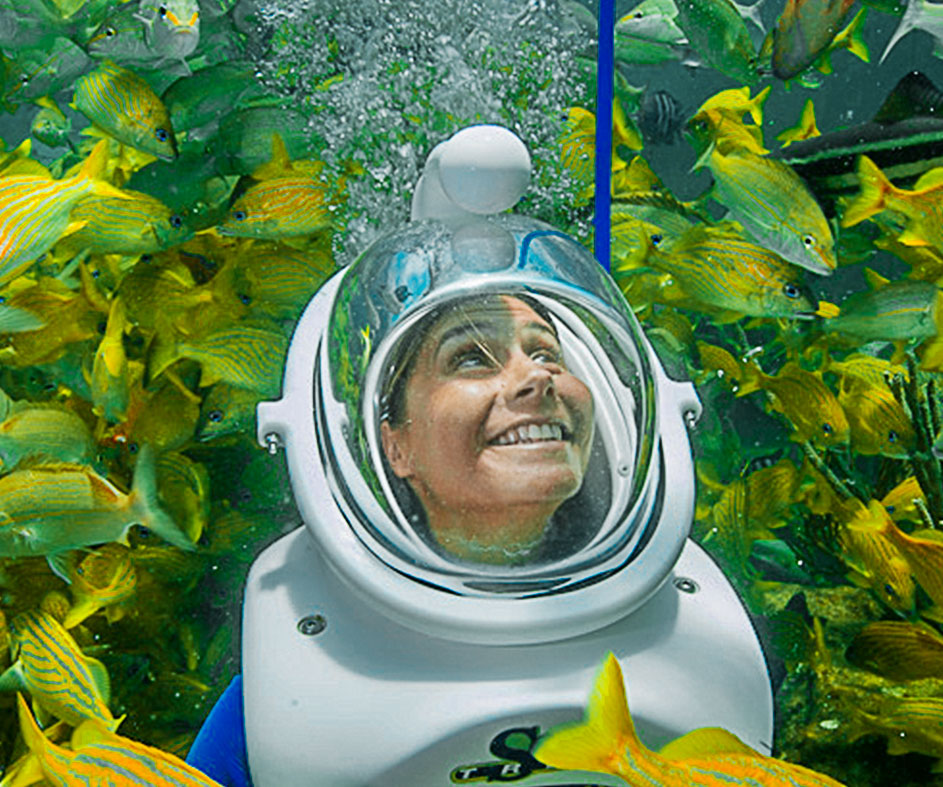
Experiences
Miami Seaquarium offers a variety of unique interactive and educational experiences, perfect for families seeking fun things to do in Keys Biscayne with kids! From discovering sea turtles, meeting the newest creatures, and learning about our conservation efforts, there is something for everyone.
Birthdays & Special Occasions
Make a BIG splash and host your next birthday party or special event at Miami Seaquarium! For birthday parties, choose between a day party or a slumber party. Rates start as low as $33 per person. Learn More
Miami Seaquarium is the perfect location for weddings and special events. With a beautiful waterfront garden and large reception area, guests will love the view of the Miami Skyline from Coconut Grove to Downtown Miami.
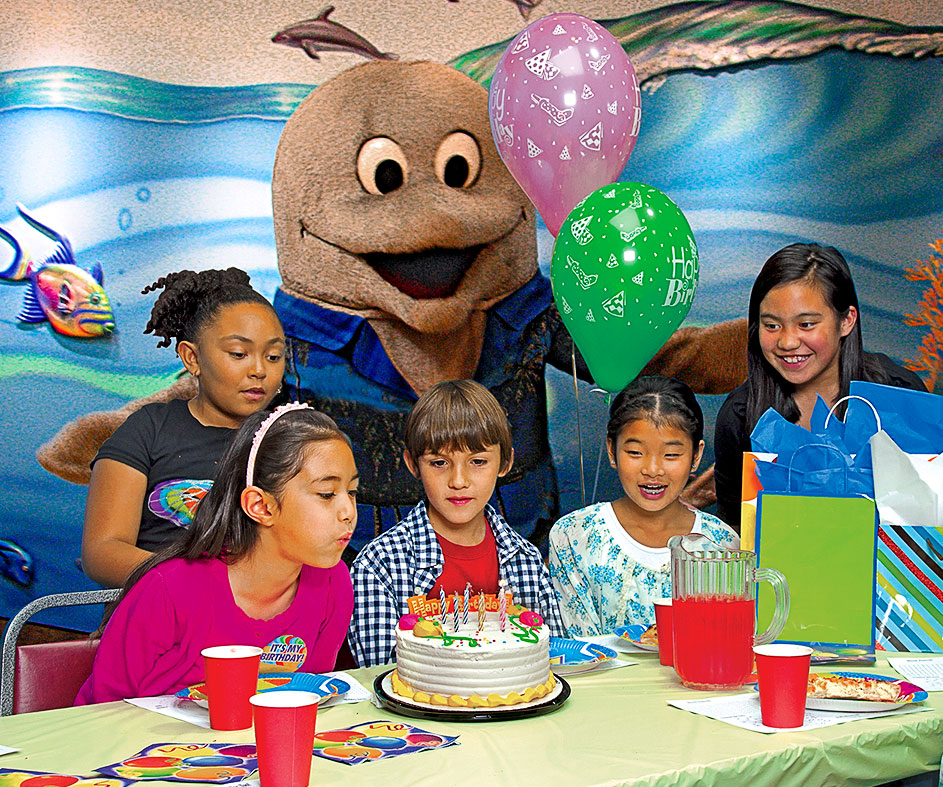
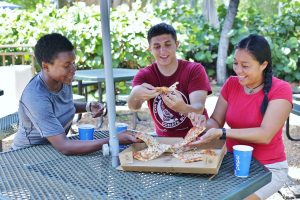
Dining
A day of learning, laughs and entertainment can leave you feeling hungry! Within the park, you can find a variety of food options suitable for any diet and appetite.
Plan your Miami Seaquarium visit today!
Please allow at least 4 hours to see all of our shows and exhibits. Show times do vary from day to day and are established each morning. For a given day’s show times call 305-361-5705 ext 0 and speak to the “receptionist.”
BUY TICKETS